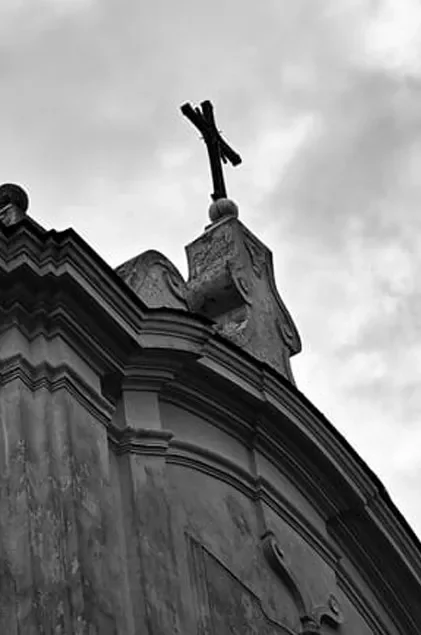In front of the former Cathedral of S. Stefano, built at the end of the seventeenth century on the ruins of an old Benedictine convent, open the ancient “Casa Grandi”, where Count Giacomo Arcucci in 1300 ruled Capri, Palazzo Cerio, home of the current Museum of Natural History of Capri, Palazzo Farace, where is located the library of ancient books and manuscripts, and Palazzo Vanelesti, former seminary bishops. They are the first stage of a route of immense beauty and interest to rediscover the seventeenth-century Capri. Starting from Via Madre Serafina di Dio, dedicated to the mystic caprese Prudenzia Pisa, founder of six monasteries in Capri and in the Sorrentine Peninsula, slowly, always looking up, we pass under the ancient supports that still preserve the ancient wooden beams. The thick walls open small openings that stretch out over the blue sea of the Gulf of Naples and Vesuvius. At the end of the street, we find Villla Narcisus, where the American artist Charles Coleman hosted the most important Pre-Raphaelite painters who, in their long stays, painted Capri and her charming models. The ancient church of S. Salvatore, built on a project by the architect Dioniso Lazzari with a maisto floor attributed to “riggiolaro” Chiaiese and the old cloister of the convent of S. Teresa, are a testimony to the vitality of 17th century religious life on the island. Starting from Via Castello, we find a succession of great historical villas, where the historical and literary life took place. Villa Castello, where the Thomas Spencer Jerome, profound American historian of the Roman world and of Tiberius, lived his love story with the beautiful Jetta. Villa Mura, with its medieval tower that opens onto Via Castiglione, bought from the White family by Philip of Hesse, husband of Princess Mafalda di Savoia, who died tragically in a Nazi extermination camp under a false name. Villa Alba-Ca del Sole, home to intellectuals and artists including Letizia Cerio and the many world-famous writers winners of the Malaparte Prize, hosted by Graziella Lonardi Buontempo. Continuing, you arrive at the Belvedere Cannone, where the French who conquered the island in 1808, after a historic battle with English troops, placed a cannon for the defense of the island. This incredible viewpoint is also known as the Piazzetta dei Pittori, because it is the place of choice for many artists who have immortalized the Faraglioni, Grotta delle Felci, Marina Piccola and the mythical rock of the Sirens.
curated byRenato Esposito
